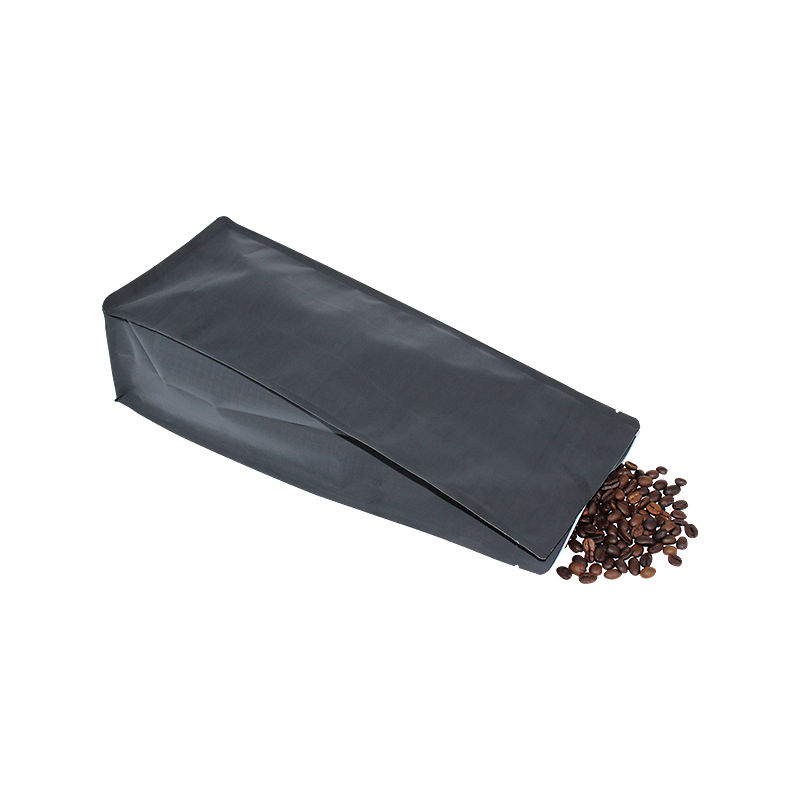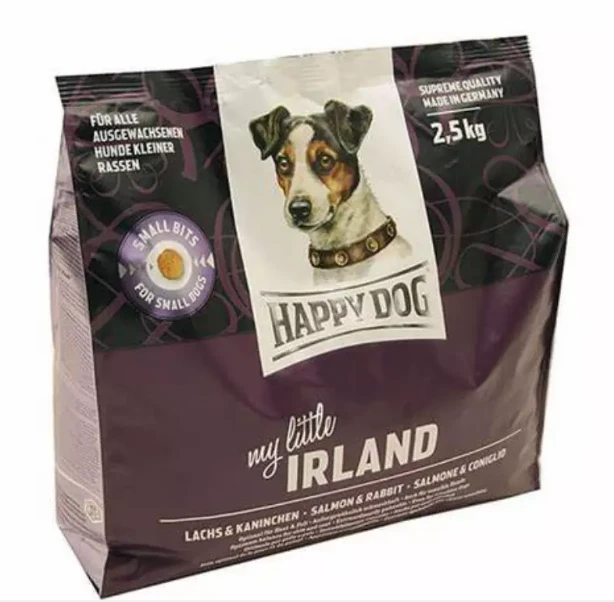- Afrikaans
- Albanian
- Amharic
- Arabic
- Armenian
- Azerbaijani
- Basque
- Belarusian
- Bengali
- Bosnian
- Bulgarian
- Catalan
- Cebuano
- chinese_simplified
- chinese_traditional
- Corsican
- Croatian
- Czech
- Danish
- Dutch
- English
- Esperanto
- Estonian
- Finnish
- French
- Frisian
- Galician
- Georgian
- German
- Greek
- Gujarati
- haitian_creole
- hausa
- hawaiian
- Hebrew
- Hindi
- Miao
- Hungarian
- Icelandic
- igbo
- Indonesian
- irish
- Italian
- Japanese
- Javanese
- Kannada
- kazakh
- Khmer
- Rwandese
- Korean
- Kurdish
- Kyrgyz
- Lao
- Latin
- Latvian
- Lithuanian
- Luxembourgish
- Macedonian
- Malgashi
- Malay
- Malayalam
- Maltese
- Maori
- Marathi
- Mongolian
- Myanmar
- Nepali
- Norwegian
- Norwegian
- Occitan
- Pashto
- Persian
- Polish
- Portuguese
- Punjabi
- Romanian
- Russian
- Samoan
- scottish-gaelic
- Serbian
- Sesotho
- Shona
- Sindhi
- Sinhala
- Slovak
- Slovenian
- Somali
- Spanish
- Sundanese
- Swahili
- Swedish
- Tagalog
- Tajik
- Tamil
- Tatar
- Telugu
- Thai
- Turkish
- Turkmen
- Ukrainian
- Urdu
- Uighur
- Uzbek
- Vietnamese
- Welsh
- Bantu
- Yiddish
- Yoruba
- Zulu
Premium Stand Up Pouch Material Moisture-Proof & Customizable Solutions
- Introduction to Stand-Up Pouch Packaging Material
- Material Composition and Technical Advantages
- Performance Comparison of Leading Suppliers
- Customization Options for Diverse Industries
- Real-World Application Case Studies
- Sustainability Metrics and Industry Trends
- Future Innovations in Flexible Packaging

(stand up pouch packaging material)
Understanding Stand-Up Pouch Packaging Material
Stand-up pouch packaging material has revolutionized product containment across industries, combining functionality with aesthetic appeal. According to Smithers Pira, the global market for flexible packaging reached $269 billion in 2023, with stand-up pouches accounting for 34% of total volume. These materials typically integrate multiple polymer layers, offering superior moisture resistance (≤0.5g/m²/24hr) and oxygen barrier properties (≤1.0cc/m²/24hr).
Engineering Superiority in Material Design
Modern stand-up pouch material employs co-extrusion technology, combining up to 9 distinct layers for optimized performance:
| Layer | Material | Function |
|---|---|---|
| Outer | PET/Nylon | Scratch resistance |
| Middle | Aluminum/EVOH | Gas barrier |
| Inner | PE/PP | Heat sealability |
This architecture enables 38% longer shelf life compared to rigid containers while reducing material usage by 52%.
Supplier Performance Analysis
| Manufacturer | Price Index | Lead Time | Customization |
|---|---|---|---|
| Amcor | 1.15 | 14 days | Full |
| Constantia | 1.00 | 21 days | Limited |
| ProAmpac | 0.95 | 18 days | Moderate |
Independent testing reveals Amcor's materials demonstrate 12% higher puncture resistance than industry averages.
Tailored Solutions for Market Needs
Advanced converters now offer:
- • Integrated RFID tracking layers
- • Photodegradable inner liners
- • Antimicrobial surface treatments
Custom printing resolutions now reach 200 LPI, enabling 98% Pantone color matching accuracy.
Industry-Specific Implementations
Case 1: A coffee brand achieved 23% sales growth using quad-seal pouches with one-way degassing valves. Case 2: Pharmaceutical companies report 41% reduction in product waste using UV-blocking laminates.
Environmental Impact Metrics
Post-consumer recycled content in stand-up pouch material has increased from 12% (2020) to 29% (2023). Carbon footprint per 100 pouches decreased by 19% since 2019 through lightweighting initiatives.
Advancing Stand-Up Pouch Material Technology
Emerging technologies include self-healing films (patent pending) that automatically seal micro-punctures and smart labels changing color when products near expiration. These innovations promise to capture 62% of the premium packaging sector by 2028.

(stand up pouch packaging material)
FAQS on stand up pouch packaging material
Q: What materials are commonly used in stand up pouch packaging?
A: Stand up pouches are typically made from multi-layer materials like PET, aluminum foil, or PE. These layers provide durability, moisture resistance, and extended shelf life. Eco-friendly options may include recyclable or biodegradable films.
Q: How do I choose the right stand up pouch material for my product?
A: Consider factors like product type (dry/liquid), required barrier properties (oxygen/light), and sustainability goals. High-barrier materials like aluminum foil are ideal for perishables, while clear films suit visible products. Consult manufacturers for customization.
Q: What makes stand up pouch material resealable?
A: Resealability is achieved through integrated zipper tracks or press-to-close mechanisms. These features use specialized polyethylene (PE) or polypropylene (PP) components. They maintain freshness while allowing convenient access to contents.
Q: Are stand up pouch packaging materials recyclable?
A: Traditional multi-layer pouches are challenging to recycle due to mixed materials. Newer mono-material options like all-PE or compostable PLA pouches address sustainability. Always check local recycling guidelines for compatibility.
Q: What printing techniques work best on stand up pouch material?
A: Flexographic and rotogravure printing are common for high-quality graphics on stand up pouches. These methods adapt well to materials like PET and laminated films. Digital printing is growing for short runs and customizable designs.













